The Anglo-Saxon Ghost Ship is Being Recreated in England
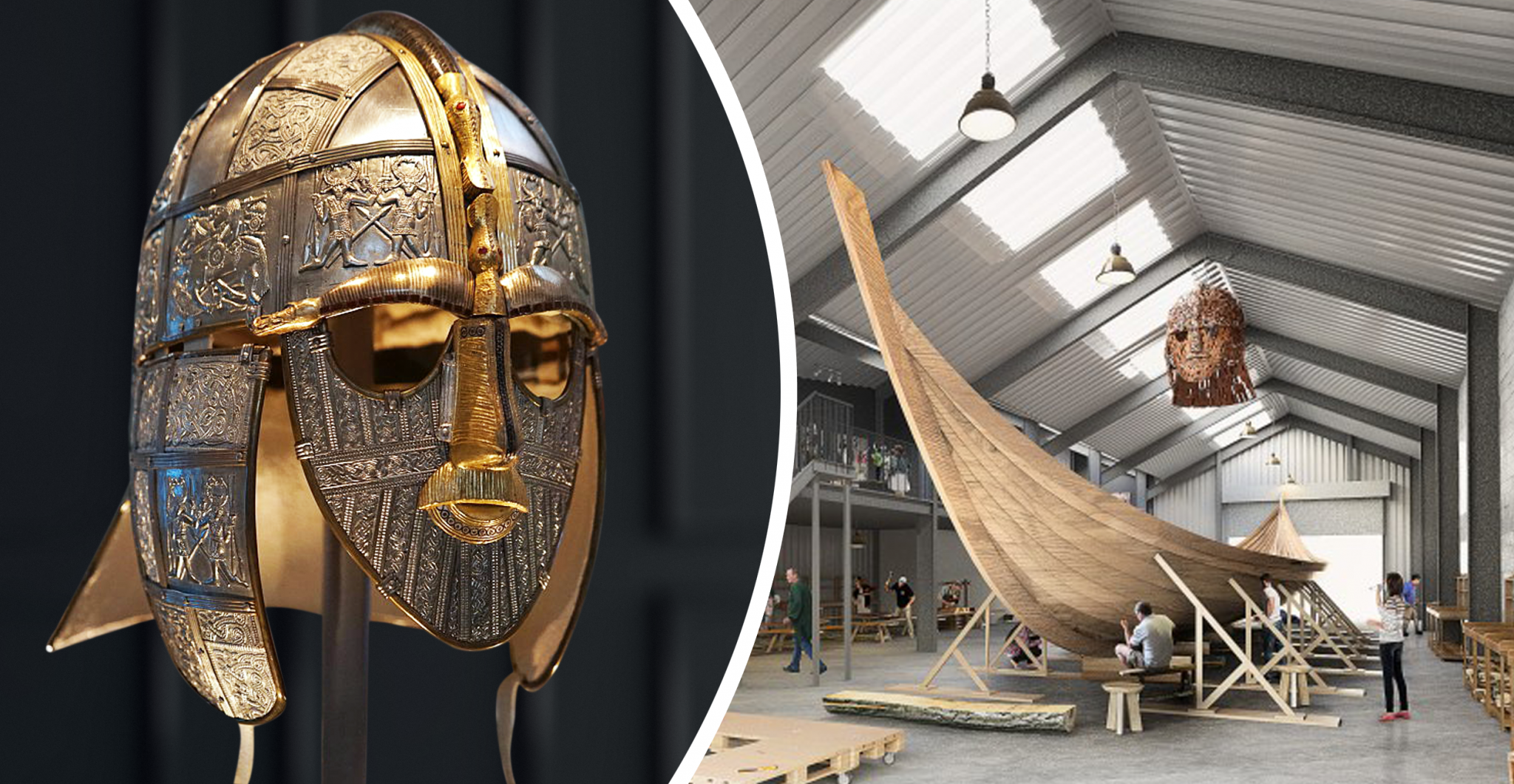
A ninety foot long Anglo Saxon burial ship is being constructed in England in the exact way the original, found at Sutton Hoo, was built.
The over one million dollar project will include iron rivets and freshly cut oak using 3D models taken of the actual remains of the ship.
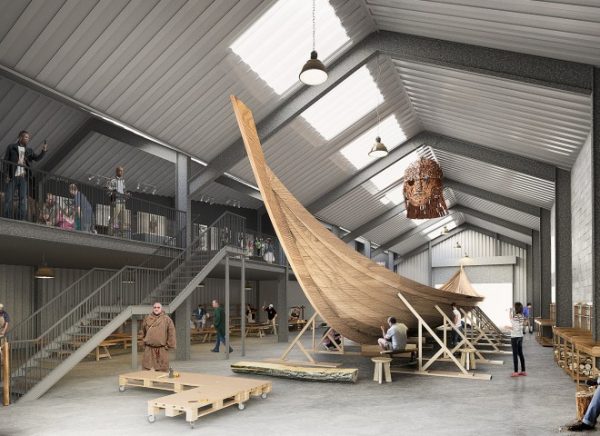
According to Martin Carver, one of the directors at Sutton Hoo Ship’s Company, “Our objectives are to learn how an early English ship was built, its performance in river, lake and sea, its handling of the wind and tides and not only to learn what’s possible and record it, but to discover what it feels like.”
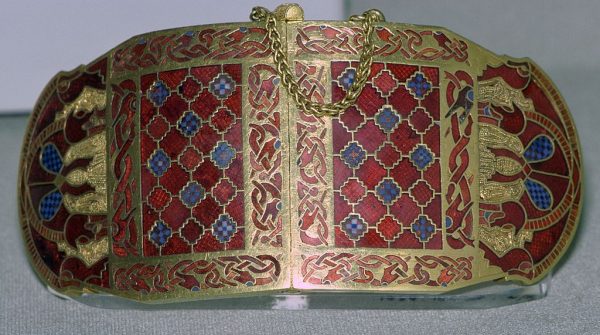
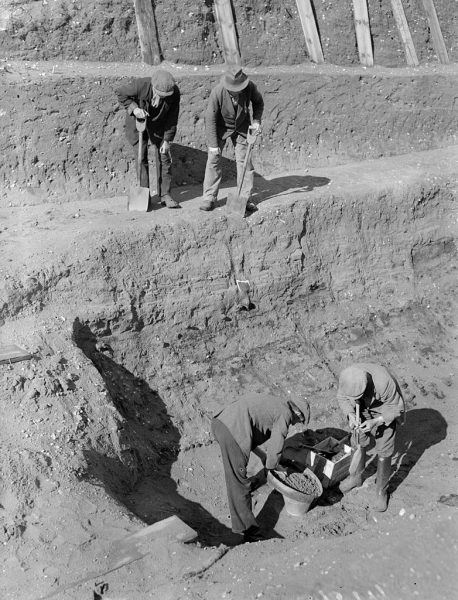
The Ship’s Company was formed in 2016 in order to build a replica of the Anglo Saxon ship and must also recreate the tools used by 7th century craftsmen.
The wood used is from the Crown Estate and the ship will hold up to forty rowers when it is ready to set sail in about two years, according to britishheritage.com.
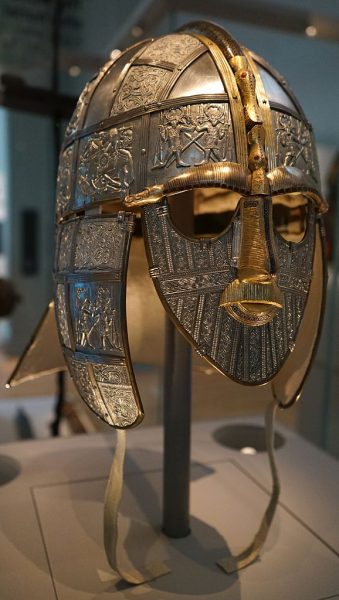
Funds for the project are being raised by selling £20 sponsorships of the over three thousand rivets with which the ship will be built.
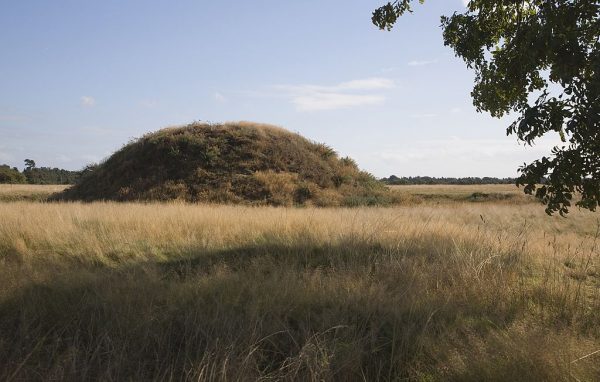
Later there will also be sponsorships for the keel, the stem and the stern. The Woodbridge Riverside Trust has helped out by offering a modern workshop where the Whisstocks boatyard used to stand. The company is also planning fundraisers and are petitioning the public for help.
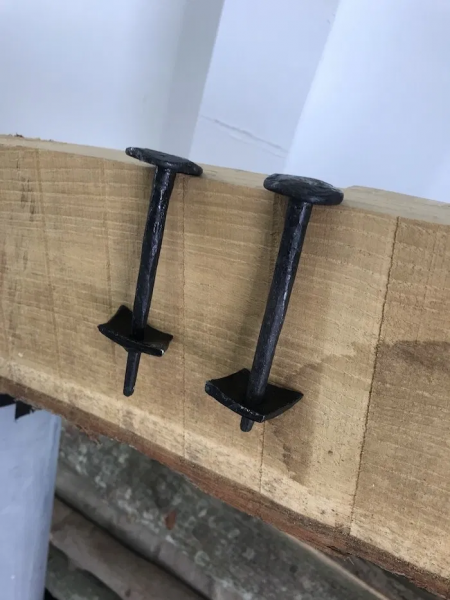
In 1937 wealthy widow Edith Pretty who lived in Sutton Hoo in Sutton near Woodbridge, Suffolk, in southern England was curious about the many large tumuli, or burial mounds, on her property.
She hired archaeologist Basil Brown to excavate the hills who started his dig in 1938. Brown realized the mounds may have been opened by looters and didn’t expect much.
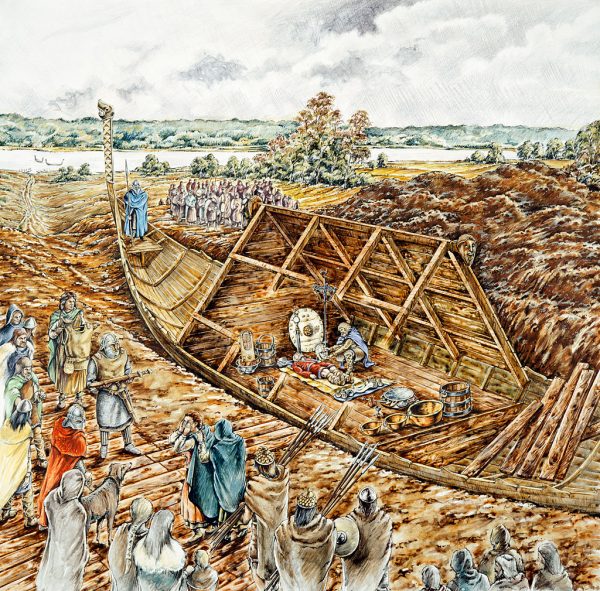
Three of the tumuli produced some minor evidence of human remains and a few burial objects. The next summer Brown returned and started on the largest tumulus in which he kept finding old nails surrounded by rusty earth.
Realizing he may have found something important, Brown cautiously proceeded only to find the outline of a ship and two hundred and sixty three burial objects, many of them gold, making it the richest ship burial found in Great Britain.

Some of the objects found were a double edge sword, only owned by the most elite warriors; a golden lyre; silver drinking horns; gold coins; an exquisitely carved gold belt buckle; cutlery items; a set of dishes; a gold clasp; a shield with gold ornamentation; tools; chain mail; ceramic vessels; spears and a scepter among other things.
By far, the most important object was an intricately carved cavalry helmet made from iron, tinned bronze and gold with garnet and silver inlay which was found in over one hundred corroded pieces but was carefully restored by the British Museum over a period of several years.
While there were no bones found, nationaltrust.org.uk tells us that there may be evidence of body decomposition and the acidic soil of the region may have dissolved the bones along with the wood.
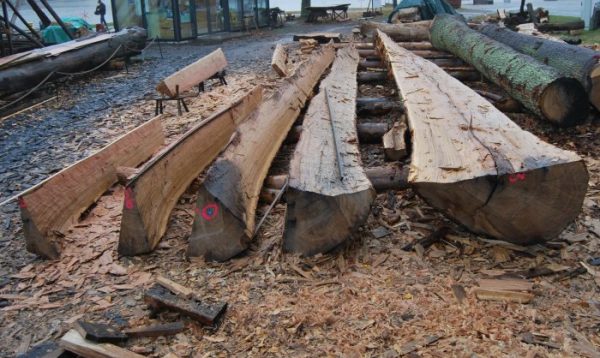
Many experts believe it was the body of King Rædwald of East Anglia, consisting of Norfolk and Suffolk, who died about 624 AD. At that time Christianity was becoming popular in England and Rædwald allowed the practices of both Christianity and the Anglo-Saxon pagan religions according to britannica.com.
Some believe the burial is just a cenotaph. There is little information regarding his reign because of Viking raids which destroyed much of the written history and the only records that survive were written by a Northumbrian monk, Bede, in his 731 AD Historia ecclesiastica gentis Anglorum (Ecclesiastical History of the English People).
Sutton Hoo, which is now maintained by the National Trust, is still being excavated and in the 1990s a soldier in full armor with his weapons, shield and sword buried inside a tree trunk alongside his horse was found and nearby a common cemetery with about thirty nine graves was revealed.
Another Article From Us: Civil War Cabin Discovered In a Home During Demolition
Visitors to the site are welcome after a multimillion dollar upgrade and Tranmer House, the former Pretty home, has become a museum displaying some of the treasures and many items of furniture and personal treasures of the Pretty family.
